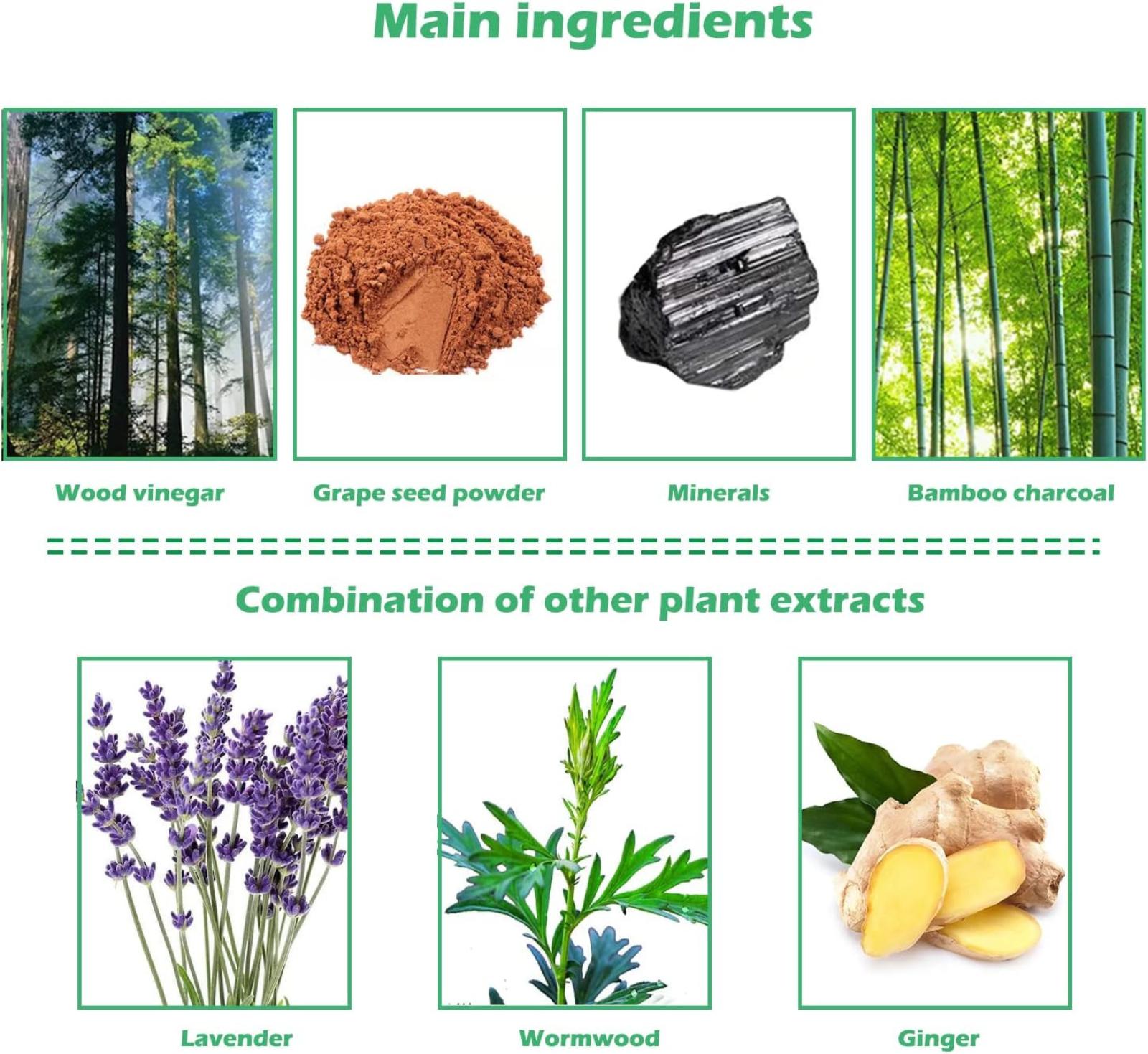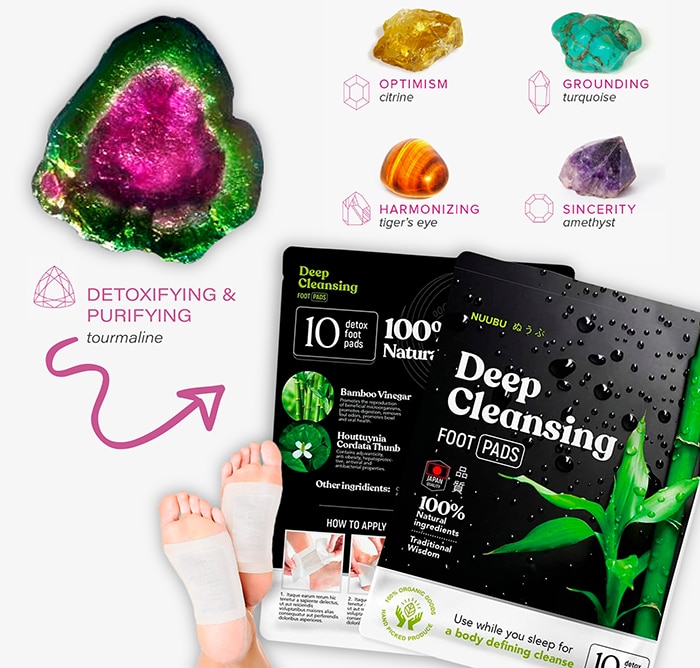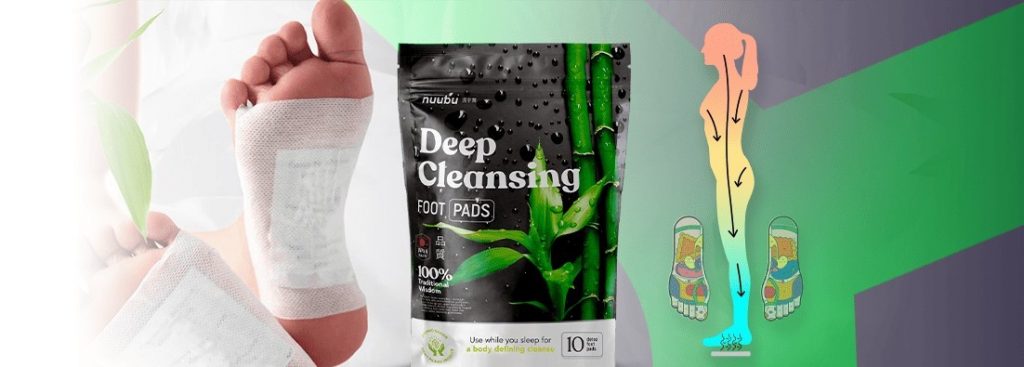
Přírodní bylinná náplast na nohy zmírňuje tělesný stres, reguluje odvlhčující masáže nohou a pomáhá spát nohy | Fruugo CZ

Koupit West&Month náplast na detoxikaci chodidel Přírodní náplast na nohy zmírňující tělesný stres Detoxikační náplast na chodidla | Joom

Otwoo 100 / 20ks Detoxikační náplasti na nohy Podložky pro úlevu od stresu a hluboký spánek Tělesné toxiny Nohy | Fruugo CZ

Kúpiť on-line 40pcs nuubu detox nohy náplasti detox tela toxíny, hĺbkové čistenie nohy podložky čistenie nálepky odbúranie stresu nohy starostlivosť o telo \ Starostlivosť O Pleť Nástroje < www.bornit.sk

Koupit West&Month náplast na detoxikaci chodidel Přírodní náplast na nohy zmírňující tělesný stres Detoxikační náplast na chodidla | Joom

2023 Nová oblíbená náplast na nohy z pelyňku odstraňuje vlhkost, masáž nohou, podpora spánku, péče o náplasti na nohy, existují dva druhy 10 kusů v sáčku a 20 kusů v sáčku - Temu Slovakia

Kúpiť on-line 40pcs nuubu detox nohy náplasti detox tela toxíny, hĺbkové čistenie nohy podložky čistenie nálepky odbúranie stresu nohy starostlivosť o telo \ Starostlivosť O Pleť Nástroje < www.bornit.sk

2023 Nová oblíbená náplast na nohy z pelyňku odstraňuje vlhkost, masáž nohou, podpora spánku, péče o náplasti na nohy, existují dva druhy 10 kusů v sáčku a 20 kusů v sáčku - Temu Slovakia

Přírodní bylinná náplast na nohy zmírňuje tělesný stres, reguluje odvlhčující masáže nohou a pomáhá spát nohy | Fruugo CZ

Objednávky Nuubu Detox Nohy Náplasti Detox Hĺbkové čistenie Nohy Pad Tela Toxíny, čistenie Nálepky Odbúranie Stresu Nohy Spánku Starostlivosť O Telo - Starostlivosť O Pleť Nástroje | www.ksl.sk

Koupit Magnetická terapie Magnetická terapie Magnetická terapie Produkty péče o magnetické náplasti Tvar Stehna Krásné nohy Vytahovací náplast | Joom

80ks Detoxikační náplasti na nohy Detoxikační podložky na nohy k odstranění toxinů Hluboké čištění, pro úlevu od stresu, pomoc při spánku, zlepšení krevního oběhu | Fruugo CZ

Koupit Detoxikační náplast na nohy Úleva od stresu Hluboký spánek Bambusový ocet Zázvor Ošetření nohou Tělo toxiny Čistící bylinná náplast na nohy | Joom

Koupit Detoxikační náplast na nohy Úleva od stresu Hluboký spánek Bambusový ocet Zázvor Ošetření nohou Tělo toxiny Čistící bylinná náplast na nohy | Joom



































